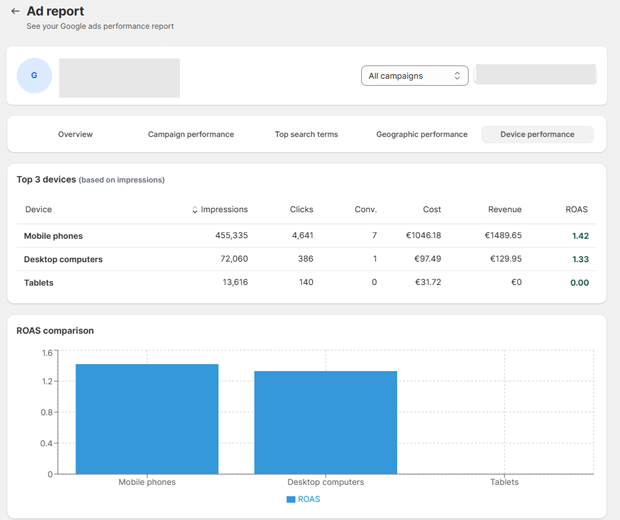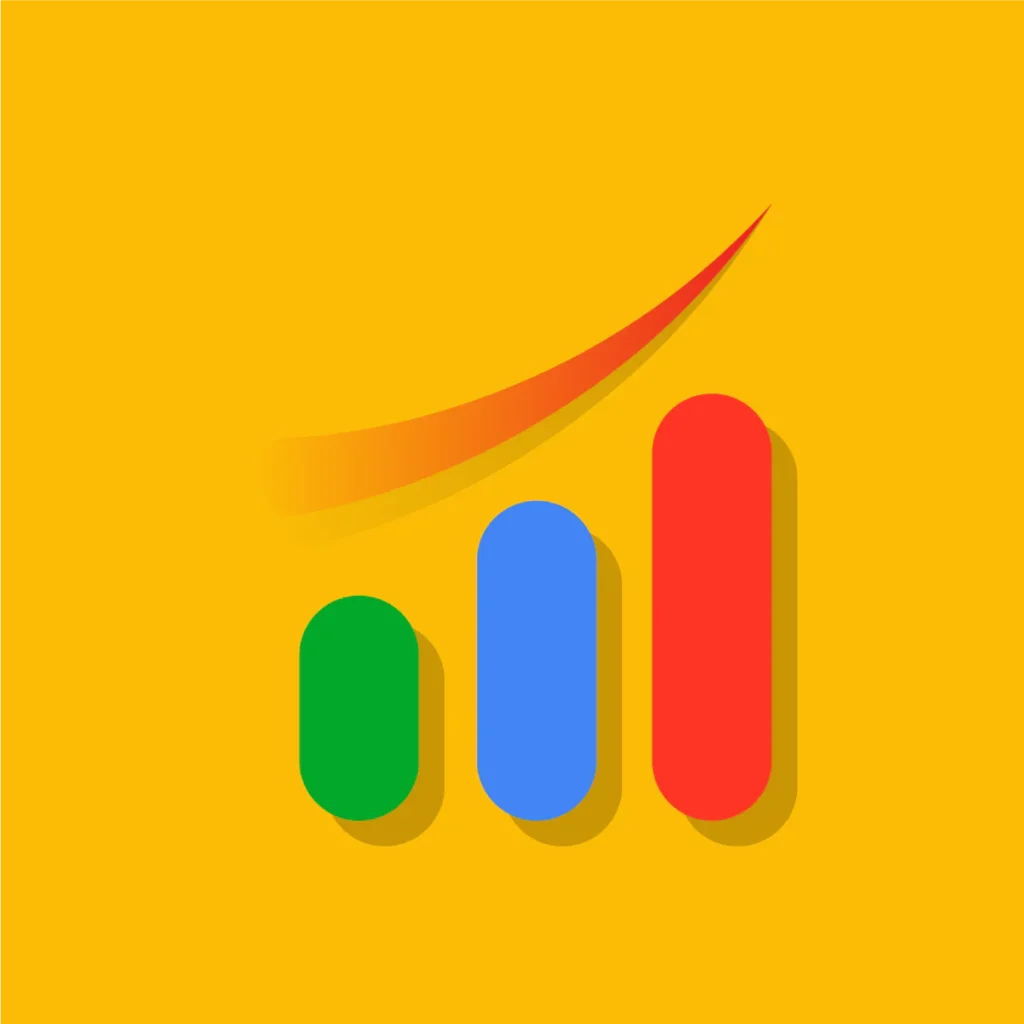You pour thousands into Google Ads, see clicks and cost-per-acquisition (CPA) stats, yet your true return on investment (ROI) remains a mysterya reality for many e-commerce merchants.
This deep-seated frustration, often manifesting as Google Ads attribution confusion, stems from fractured reporting, outdated tracking models, and the modern privacy landscape, leading to misallocated budgets and wasted ad spend.
The urgency is high: if you can’t accurately trace a purchase back to the specific ad interaction that drove it, you’re flying blind, unable to scale your profitable campaigns or cull your losing ones.
Google Ads attribution confusion is the inability to precisely determine which ad interaction (click, view, impression) deserves credit for a conversion, resulting in inaccurate performance reports.
The solution involves migrating from the flawed last-click model, adopting robust server-side tracking (often via a dedicated Shopify app like AdTrack), utilizing GA4’s data-driven attribution (DDA), and structuring custom reports for a holistic, cross-channel view focusing on key segments like ROAS and Geo/Device Data.
Key Takeaways
- The Problem: Inaccurate conversion tracking due to technical hurdles and reliance on the Last-Click model.
- The Technical Fix: Implement a Server-Side Tracking solution (e.g., AdTrack) for rock-solid Conversion Tracking Accuracy.
- The Intelligence Fix: Use GA4’s DDA to bridge the data gap between Google Ads and Shopify Analytics.
- The Strategic Fix: Leverage Comprehensive Google Ads Performance Reports to analyze ROAS, Top Search Terms, and Geo/Device Data to optimize bids and identify profitable regions.
The Attribution Problem and Data Gap
Problem Breakdown: Why Your Tracking is Broken
| Symptom | Cause | Impact/Cost of Ignoring |
| Data Mismatch | Last-click model ignores critical earlier interactions and multi-touch journeys. | Over-crediting simple search ads; under-crediting brand-building display or video ads. |
| Conversion Underreporting | Ad blockers, ITP (Intelligent Tracking Prevention), and cookie consent refusals block client-side scripts. | CPA appears artificially high; profitable campaigns are paused due to seeming low ROI. |
| Siloed Reporting | Viewing Google Ads data separate from Shopify Analytics or CRM data. | Inability to calculate true Customer Lifetime Value (CLV) from a specific ad cohort. |
Bridging the Gap Between Google Ads and Shopify Analytics: The Core Challenge
The core of Google Ads attribution confusion lies in the divergence between what your e-commerce platform (Shopify) reports and what your advertising platform (Google Ads) claims. Shopify Analytics reports the total sale, but cannot attribute it precisely to the ad click. Google Ads attempts to attribute the sale but often fails due to client-side tracking restrictions. This “data gap” makes it nearly impossible to confidently scale successful campaigns. The solution requires a unified, server-side data stream.
The Complete Solution for Accurate Reporting
Technical Foundation: Upgrade to Server-Side Tracking
The definitive solution to ad blocker and browser restriction problems is to move conversion tracking logic off the client browser and onto a secure server. This addresses the core tracking failure that undermines all subsequent reporting.
The Technical Hurdle: Implementing Server-Side Tracking manually requires extensive coding, server provisioning, and GTM setup—a significant roadblock for non-developers.
The Seamless Solution for Shopify: The fastest and most reliable way for Shopify merchants to implement accurate, privacy-compliant tracking without touching code is through a dedicated app like AdTrack – Google Ads Tracking. It is engineered to:
- Enable automatic and manual Google Ads conversion tracking directly from your Shopify admin.
- Utilize Enhanced Conversions to maximize tracking accuracy by securely leveraging first-party data.
- Support Consent Mode v2, ensuring compliance and necessary signals for Google’s algorithms.
Want Google Ad Copy That Drives More Sales?
Generates ready-to-use, conversion-focused Google Ads tailored to your products and goals.
Intelligence Layer: Adopt GA4’s Data-Driven Attribution (DDA)
After fixing the tracking foundation, you must adopt a modern attribution model. GA4’s Data-Driven Attribution (DDA) uses machine learning to assign proportional credit to all touchpoints in the customer journey, providing a more accurate view than Last-Click.
- Actionable Step: Use the GA4 Model Comparison report (Advertising > Attribution) to immediately see how campaigns that drive awareness (like YouTube or Display) are under-credited by the last-click model, guiding budget reallocation.
Deepening Performance Reports for Strategic Optimization

Once your data is accurate, the focus shifts to strategic analysis. Comprehensive reporting requires looking beyond the single ROAS number and segmenting data by geography, device, and search intent.
Analyzing ROAS Data to Identify Profitable Ad Campaigns
Return on Ad Spend (ROAS) is the most critical metric, but it must be analyzed accurately. A high ROAS campaign might simply be a brand term campaign capturing existing demand.
- Strategic Segmentation: Always segment ROAS by New vs. Returning Customers. Campaigns with a lower initial ROAS but a high volume of new customers are often more valuable due to higher long-term Customer Lifetime Value (CLV).
- ROAS Clarity: Reliable server-side tracking (via AdTrack) ensures your Conversion Value data is accurate, making the calculated ROAS trustworthy for campaign optimization.
Understanding Search Intent: How to Read and Interpret Top Search Terms Reports
The Top Search Terms Report is vital for understanding true user intent and finding “hidden conversion costs.”
- Actionable Step: Regularly audit this report to identify terms that have high costs but low conversion rates (negative keywords) and, conversely, identify high-intent, profitable long-tail keywords that warrant dedicated ad groups.
Mobile vs. Desktop Conversions: Leveraging Geo and Device Data
The conversion landscape varies dramatically based on where (Geo Data) and how (Device Data) a user interacts with your ad.
| Segment | Insight | Strategic Action |
| Geo Data | Certain regions show high click volume but low conversion rates due to shipping costs or regional preference. | Use Geo Data Reports to set negative bid adjustments for underperforming regions, or positive adjustments for high-converting regions. |
| Device Data | Users often research on Mobile but convert on Desktop (cross-device path). Mobile-only CR can appear low. | Use Device Reports to implement higher bid adjustments on Mobile for awareness campaigns, and higher Desktop bids for transactional campaigns. |
Simplified Reporting: AdTrack includes comprehensive Google Ads reports, including granular geo and device data, ensuring Shopify merchants can execute these strategic bid adjustments without manually manipulating complex pivot tables.

Real Shopify Use Cases: The Data Clarity Advantage
| Problem Before Fix | Solution Implemented | Result & Benefit |
| Pain Point: Pausing high-spend YouTube ad campaigns due to poor Last-Click ROAS. | Switched to GA4 Data-Driven Attribution and viewed the Model Comparison report. | Result: YouTube ads were shown to initiate 40% of all conversions. Benefit: Budget was confidently increased by 25% on YouTube, leading to 18% higher overall revenue. |
| Pain Point: Conversions in Shopify were 15% higher than in Google Ads, and manual setup was too complex. | Implemented AdTrack – Google Ads Tracking for instant Enhanced Conversions and accurate server-side tracking. | Result: Conversion data mismatch decreased to $<3\%$. Benefit: Accurate CPA allowed the merchant to raise max bids and capture market share while remaining profitable, and they leveraged the AI Ad Consultant Chat for quick optimization guidance. |
Frequently Asked Questions
What is the primary cause of Google Ads reporting confusion?
The primary cause is the reliance on old, client-side tracking (browser-based cookies) which is heavily blocked by modern privacy settings and ad blockers. For Shopify users, the most effective solution is a no-code app like AdTrack, which enables robust server-side and Enhanced Conversions tracking without technical setup.
How does Data-Driven Attribution (DDA) fix attribution confusion?
DDA is a proprietary machine learning model in GA4 that analyzes every successful conversion path and assigns fractional credit to all touchpoints. It moves beyond the last-click model to give fair credit to awareness (YouTube/Display) and consideration (Generic Search) campaigns, leading to better optimization decisions.
What metrics should I track in my Google Ads performance reports?
You must track Conversion Value, ROAS (Return on Ad Spend), and New Customer volume. Crucially, segmenting these metrics by Geo Data and Device Data (Mobile vs. Desktop) will reveal granular optimization opportunities hidden in high-level reports.
Why is analyzing search terms critical for cost efficiency?
Analyzing the Top Search Terms Report helps identify inefficient ad spend by finding non-converting, expensive keywords that need to be added as negative keywords. This process, which can be aided by AdTrack‘s AI diagnostics, directly lowers CPA and increases the profitability of campaigns.



